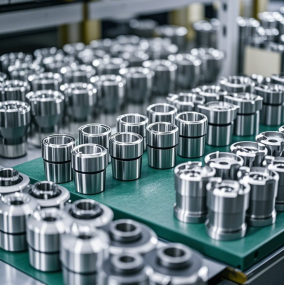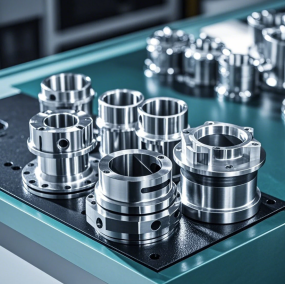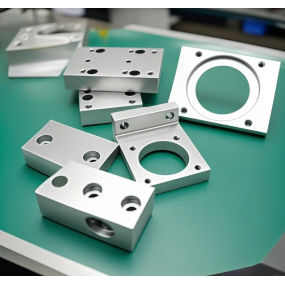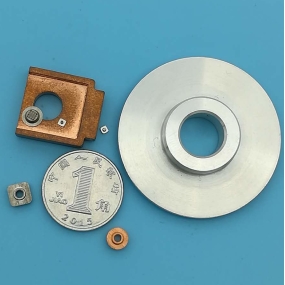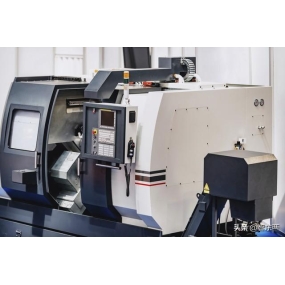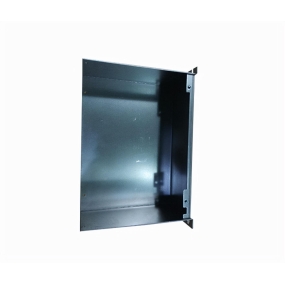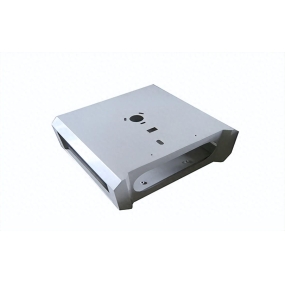Precision Sheet Metal Processing factory produces sheet metal products such as CNC bending machines. It can directly transition from drawing to paperless production of products. Suitable for flexible production of small batches and multiple varieties. The sheet metal bracket has a very powerful function, and many sheet metal parts require tedious operation steps under the modeling module. Three aspects of punch press automation in sheet metal automation processing were briefly discussed.
Casting: Metal is heated and melted, and then poured into the model. Suitable for processing parts with messy appearance.
Classification of pouring in sheet metal processing plants
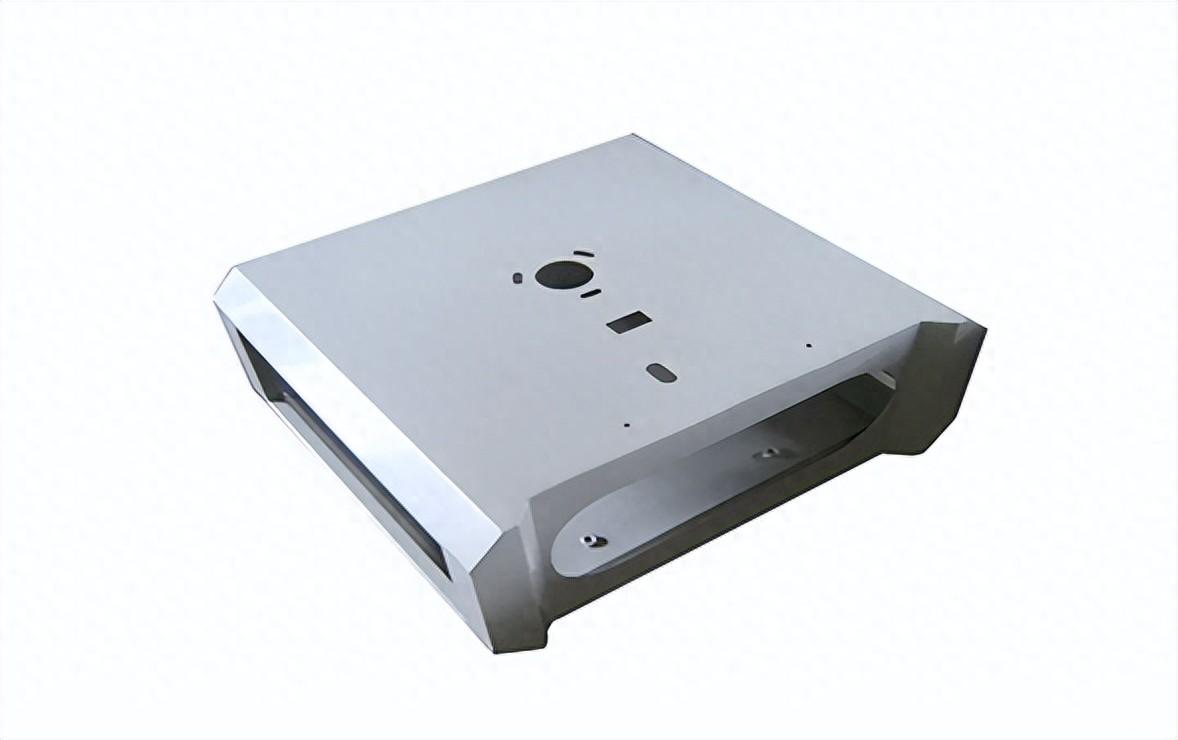
Sand mold casting: Low cost, small batch size, chaotic appearance processing, but may require a large amount of post-processing technology.
Investment casting/lost wax casting: This processing method has high continuity and can also be used to process chaotic appearances. On the premise of relatively low processing costs, it can complete a very complete appearance function, suitable for large-scale production.
Casting method: used for processing high error and chaotic appearances. Due to the inherent characteristics of technology, there is no need for post-processing after the product is formed, but as long as it is produced on a large scale, it can demonstrate the advantage of low cost.
Die casting method: The processing cost is high, as long as the large-scale production cost is reasonable. But the cost of the final product is relatively low, and the errors are relatively high. Can be used to produce parts with thinner wall thickness.
Spin casting method: a negative protection method for processing small parts, generally used in jewelry production. Being able to use rubber models to reduce processing costs.
Directional solidification: It can produce very solid superalloys with anti fatigue function in the model, and then eliminate some minor defects through strictly controlled heating and cooling processes
Plastic forming processing: Heating and forming metal from head to toe, which belongs to labor-intensive production.
Classification of Plastic Forming Processing:
Casting: Under cold working or high-temperature operation conditions, metal appearance is one of the simple old metal appearance techniques. The function of sheet metal brackets is very powerful, and many sheet metal parts require tedious operation steps under the modeling module.
Binding: The high-temperature metal billet is passed through several continuous cylindrical rollers, which insert the metal into the mold to achieve a predetermined appearance.
Drawing: Using a series of standard drawing dies that gradually become smaller, metal strips are drawn into thin filaments.
Kneading: A low-cost continuous processing technique for solid or hollow metal with the same cross-sectional shape, which can not only operate at high temperatures but also perform cold processing. All or most of the processes of CNC sheet metal, such as CNC punching machines, CNC laser cutting machines, and CNC bending machines, are used to produce sheet metal products. High product accuracy and shortened R&D time. It can directly go from drawing to paperless production of products. Suitable for flexible production of small batches and multiple varieties. Impact kneading: used for processing small to medium-sized standard parts, without chimney taper requirements. Easy to produce, capable of processing various wall thickness parts. Low processing cost.
Powder metallurgy: a technology that can process both ferrous and non-ferrous metal components. It includes two basic processes: mixing alloy powder and pressing the mixture into a mold. Metal particles are formed by high-temperature heating and sintering. This technology does not require mechanical processing, and the utilization rate of raw data can reach 97%. Different metal powders can be used to fill molds.
Solid Forming Processing
Solid forming processing: refers to the use of materials in solid shapes such as metal strips and sheets at room temperature. It belongs to labor-intensive production. The processing cost investment can be relatively low. Classification of Solid Forming Processing
Rotating pressure: a very common machining method for producing circular symmetrical components, such as disks, cups, and cones. During the processing, push the high-speed rotating metal plate onto the model on the fixed lathe, and also notify the rotation to obtain the preset appearance. This technology is suitable for producing various batch methods.
Zigzag: an economic production technology for processing sheet, rod, and tube shaped data.
Continuous binding forming: feeding metal sheets between rollers to obtain a metal appearance with continuous length and common cross-section. Similar to kneading technology, but with limitations on the wall thickness of the processed components, only a single wall thickness can be obtained. As long as capital is processed under many production conditions.
Stamping forming: A metal sheet is placed between a male mold and a female mold for processing hollow shapes, with varying depths.
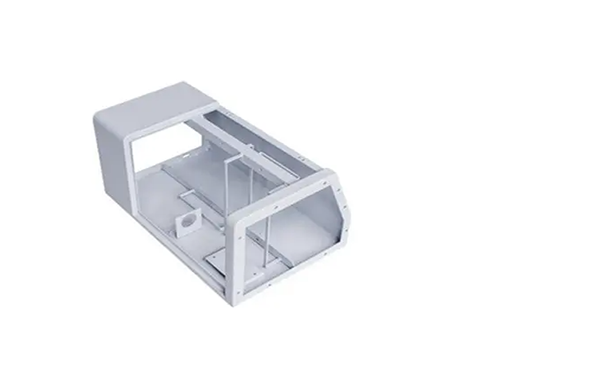
Punching: a technique of punching and cutting a certain appearance on a metal sheet with a special object, which can be produced in large quantities.
Stamping: Similar to stamping technology. The difference is that the former uses stamping, while the latter uses the remaining metal sheet after stamping. Three aspects of punch press automation in sheet metal automation processing were briefly discussed.
Cutting: It is the same principle to use scissors to cut metal sheets and select paper from different directions.
Chip Forming: When cutting metal, the cutting methods used in chip production are collectively referred to as chip forming, including milling, drilling, lathe machining, grinding, sawing, and other technologies.
Chip free forming: Precision sheet metal processing manufacturers use existing metal strips or sheets for shaping. No chips occurred. This type of technology includes chemical processing, corrosion, electrical discharge machining, sandblasting, laser cutting, water jet cutting, and thermal cutting.


 Spanish
Spanish Arabic
Arabic French
French Portuguese
Portuguese Belarusian
Belarusian Japanese
Japanese Russian
Russian Malay
Malay Icelandic
Icelandic Bulgarian
Bulgarian Azerbaijani
Azerbaijani Estonian
Estonian Irish
Irish Polish
Polish Persian
Persian Boolean
Boolean Danish
Danish German
German Filipino
Filipino Finnish
Finnish Korean
Korean Dutch
Dutch Galician
Galician Catalan
Catalan Czech
Czech Croatian
Croatian Latin
Latin Latvian
Latvian Romanian
Romanian Maltese
Maltese Macedonian
Macedonian Norwegian
Norwegian Swedish
Swedish Serbian
Serbian Slovak
Slovak Slovenian
Slovenian Swahili
Swahili Thai
Thai Turkish
Turkish Welsh
Welsh Urdu
Urdu Ukrainian
Ukrainian Greek
Greek Hungarian
Hungarian Italian
Italian Yiddish
Yiddish Indonesian
Indonesian Vietnamese
Vietnamese Haitian Creole
Haitian Creole Spanish Basque
Spanish Basque

